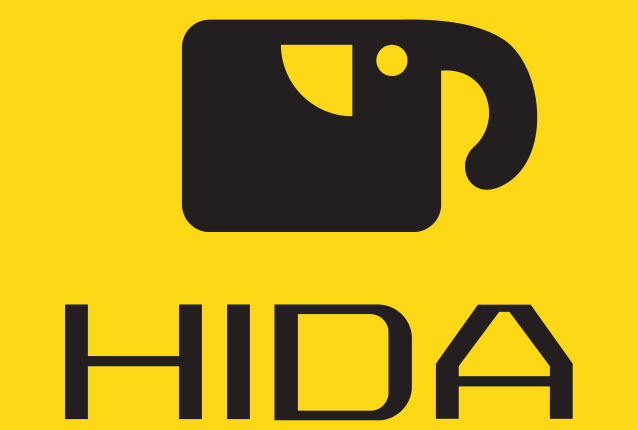Carbon neutral In Textile & toy industry
Carbon neutrality is a state of netzero carbon dioxide emissions. This can be achieved by balancing emissions of carbon dioxide with its removal (often through carbon offsetting) or by eliminating emissions from society (the transition to the "post carbon economy"). The term is used in the context of carbon dioxide-releasing processes associated with transportation, energy production, agriculture, and Textile,toy industry.

How can Carbon neutral be achieved in the toys field?
1.Made using recycled polyester and organic cotton;

For traditional toys,we usually use PP cotton,now we use the GRS certificated recycled polyester,Recycled polyester is made, for example, from beverage bottles or collected ocean plastic, which is being sterilized, melted into pellets and then spun into new polyester fiber.This process uses up to 50% less energy than the creation of virgin polyester and produces up to 70% less CO2 emissions. In addition, it prevents landfll or ending up in the ocean, much less soil contamination, air and water pollution.
2.Use Eco-friendly plant-based inks,such as Soybean ink printing

Vegetable-based inks, which forego petroleum oil in favor of more sustainable sources like soy, linseed, tung, cottonseed, and china wood oils, have been around for decades. In fact, they were invented in response to an oil crisis in the early 1970’s—suddenly, petroleum was in short supply, and ink manufacturers had to get creative.
While vegetable inks, including the most popular variety, soy ink, avoid the environmental pitfalls of using the earth’s limited supply of petroleum as an ingredient, they require special knowledge and treatment on press. For example, they often take longer to dry than traditional inks, and they can translate into slightly different shades than their conventional counterparts.
However, the benefits are enormous. Like, when the Los Angeles Times switched to soy ink from the petroleum variety they were using, they won an air quality award for reducing their VOC emissions by 200 tons per year.
It’s important to note that while vegetable inks are a step in the right direction, some do still contain petroleum, depending on their formulation. Some may also contain heavy metals. You can ask your printer to help source vegetable-only inks and inks without heavy metals, if that’s what you prefer.
3.Hangtags&Display box are printed on recycled paper/FSC-certified Paper.

FSC-certified paper is different from recycled paper, as it's typically composed of virgin tree fibers rather than pre- or post-consumer recycled materials (although recycled paper is sometimes also FSC-certified). But when the wood pulp used to make this paper is sourced from a well-managed forest, it can be just as eco-friendly.
According to the Forest Stewardship Council, the U.S. consumes 100 million tons of paper annually, and recycled paper makes up just 35 percent of that amount. The remainder must come from timber forests. Encouraging paper manufacturers to seek out wood suppliers that work to protect habitat, prevent pollution, plant more trees than are harvested and avoid displacing native peoples and harming wildlife, can make a big difference
